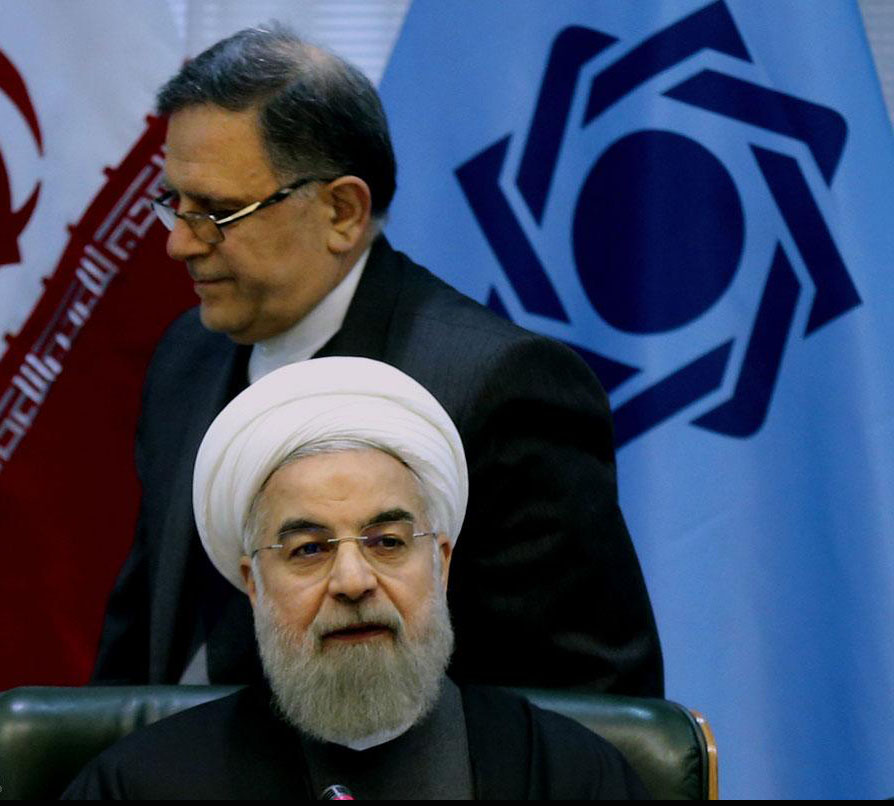While the government’s debt to the central bank has soared significantly in the current fiscal year, head of the CBI Economic Department denied any move by the Rouhani administration that is tantamount to “illegal withdrawal” or “borrowing” from the central bank.
“During the incumbency of the current government there have been no borrowings or unlawful withdrawals from the CBI,” Abolfazl Akrami told ISNA.
According to data recently released by the CBI, government debt to the central bank climbed 22.2% during the sixth months to September 21, reaching 636 trillion rials ($19.9 billion). The news prompted strong criticism from observers who expressed concern that this government too may be resorting to the failed policies of its predecessor. During the first half of the current fiscal Iranian banks owed 942.2 trillion rials ($29.5 billion) to the CBI with private lenders’ debt to the central bank shooting up by 45%.
Elaborating the point, Akrami noted that this increase in government debt to the CBI does not mean that the government has not gone cap in hand to the CBI further indebting itself to the bank.
According to the official, the legal funds routinely channeled to the government every year by the CBI, generally known as imprest amounts, clarify the surge in government debts.
“Owing to the fact that there is always an imbalance between government’s income and expenditure, the parliament has allowed the government to receive 3% of the annual budget from the CBI within an imprest system,” he said.
Permission to receive the money by the government was issued based on Article 24 of the Public Audit Law, he said. “These amounts are given during the fiscal year and usually repaid by the yearend. That is why we see that government debt to the central bank usually rises during the year and declines at the end of the year.”
Other Debts
The central bank is not the only monetary entity to which the government finds itself indebted. In the first half of the year, government debt to the banking sector as a whole jumped to 2.041 quadrillion rials ($64 billion).
Furthermore, private lenders have posted the highest increase in government borrowing, with unpaid dues up by 20.2% during the first half of the year. Government debt to three state commercial banks and five state-owned specialized banks grew by 7.3% and 16.2%, respectively.
The previous administration under Mahmoud Ahmadinejad in one instance borrowed 75 trillion rials ($2.33 billion) to implement the controversial cash subsidy scheme, the official recalled.
“This withdrawal was made in 2010 and marked the launching of the subsidy reform plan which is now being cleared and a portion of it has been repaid to the central bank,” Akrami said. “An estimated 170 trillion rials ($5.3 billion) of the debts was cleared in the past.” The so-called ‘targeted subsidy plan’ that was endorsed by parliament in early 2010, was launched to replace costly food and energy subsidies with targeted social assistance, in accordance with the Five Year Economic Development Plan that ended this year.


